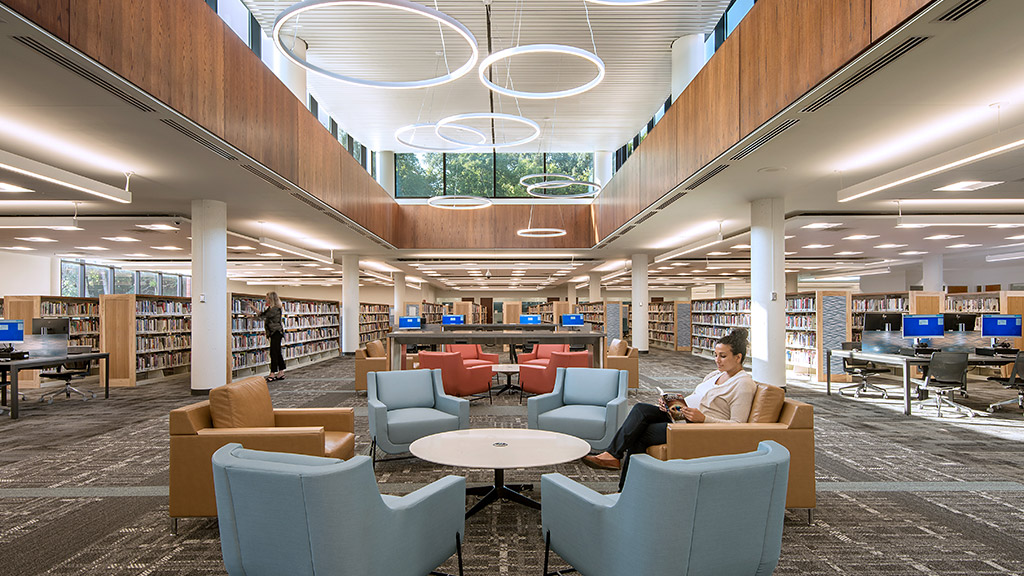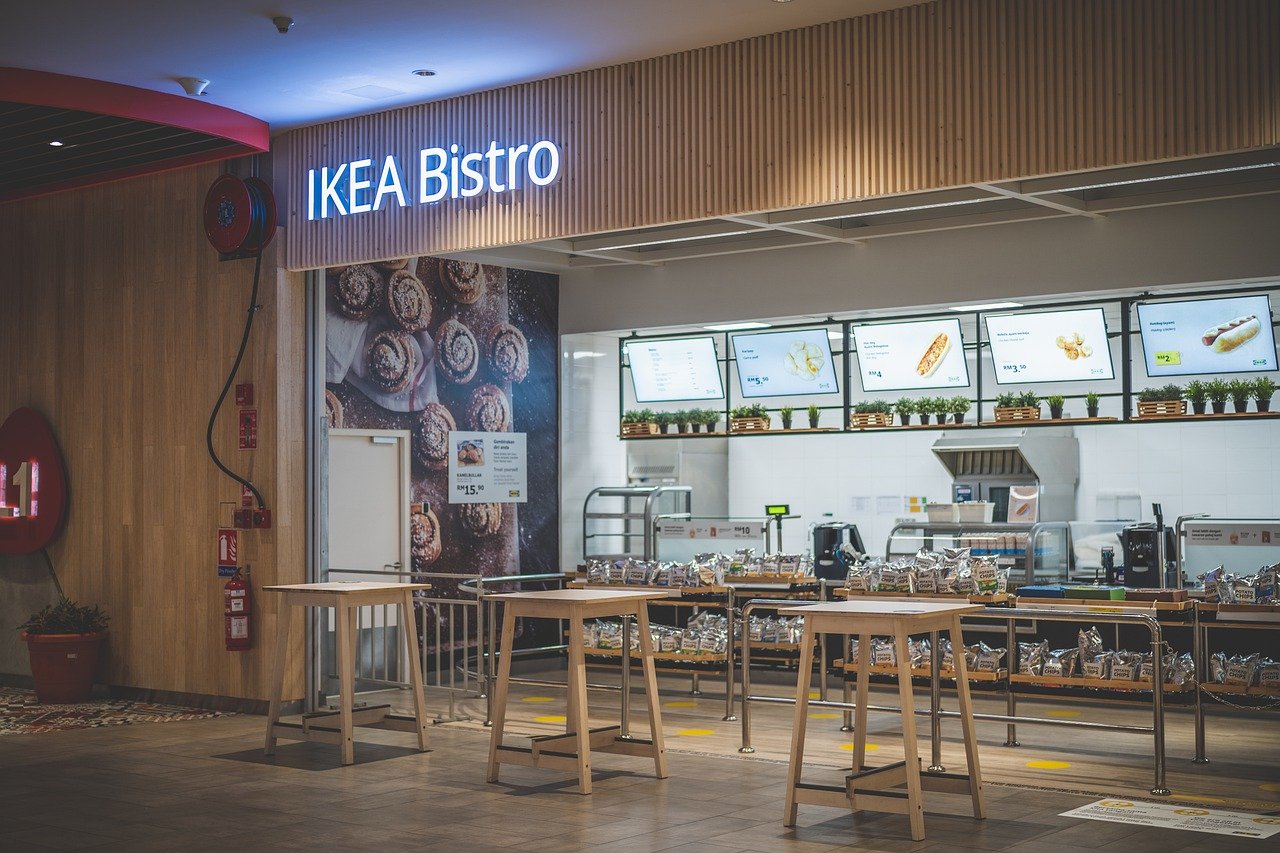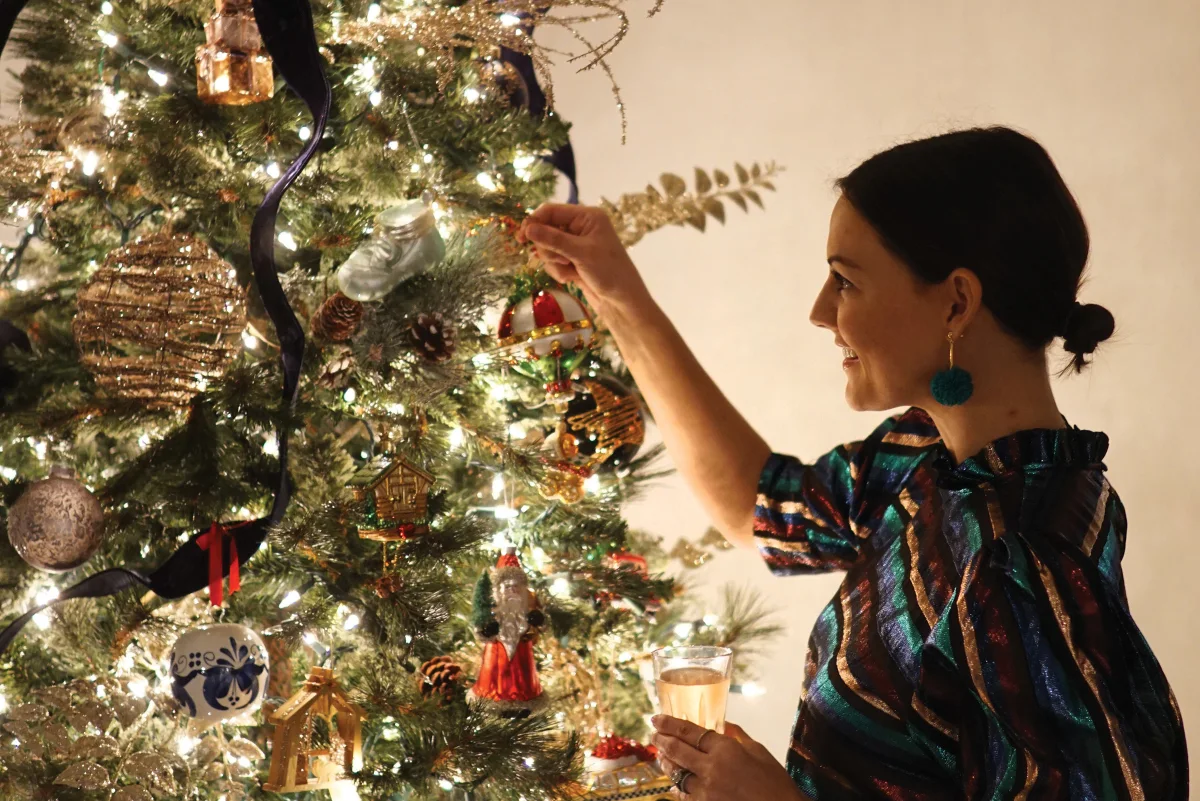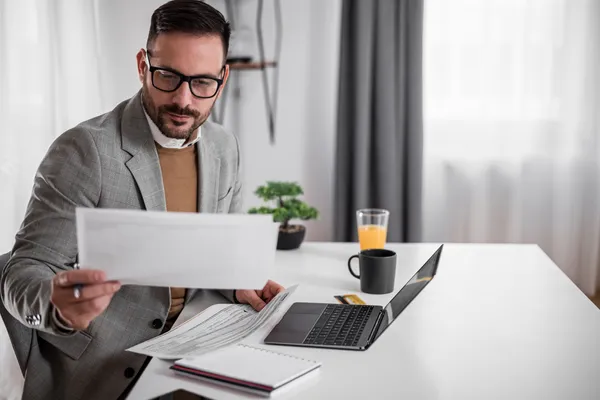We predicted the top 10 interior design trends for 2020 in January. While we anticipated organic forms, statement tiling, and cane accents, we were unable to forecast how the COVID-19 epidemic would profoundly alter our connection to our homes.
We contacted designers to see how the pandemic has changed our interiors so far as we approach seven months of lockdown. What do customers prioritize, and what new trends are resulting from this? What is becoming evident is that as we negotiate a new normal, 2020 has placed a fresh emphasis on utility and adaptability on top of beauty.
1. Strong home offices
Since conventional workplaces are still closed, many people now have to work from home as a requirement of their employers. Jessica Helgerson, an interior designer, writes: “Our office has been designing home offices for decades, but who ever thought our clients would actually work there—I mean really, really work there, five days a week, week after week, month after month?”
Helgerson says that in the past, the majority of people searching for a home office thought of it as a lot more laid-back area where they could pay their bills, check their emails, or look up recipes. Large work desks, cozy task chairs, and more storage are now standard in modern home offices to allow considerably greater use.

2. Online learning environments
Having many dedicated workplaces at home is increasingly crucial to prevent distractions as school transitions to Zoom as well. Clients require open workplaces for everyone in the home, whether it is a room converted to a home office or a remote-learning corner inside a bigger space.
In a blog post on the future border, architect Matthew Hufft writes, “Now, many appreciate the necessity for having a specialized area with limits (and presumably sound-rated acoustic doors to accomplish deep work). The home office may not be a large, ornately decorated room, however. These rooms could start to resemble objects or pods with new furnishings, floating in the lawn or linked to the garage.
3. A New Focus on the Foyer As people grow more aware of maintaining hygienic environments and clear borders between outside and inside, foyers, entryways, and mudrooms are receiving greater attention today.
The entryway and mudroom—those areas where one may come from the outside, remove their shoes, and wash their hands—will get fresh attention, according to Hufft. Obviously, these areas are not new per se, but their design will be given more attention. They will develop and gain considerably more functionality. And it won’t be odd to ask a visitor to take off their shoes since it will simply be the custom.
The mudroom of the Streamline House by Hufft has built-in storage for coats, shoes, and children’s backpacks. Simple elements maximize practicality. Additionally, a big island with deep drawers provides a platform for folding clothes and more storage.
The Beebe Skidmore Architects’ remodeled Craftsman house in Portland, Oregon has a very useful mudroom. The house’s external windows and siding were left in place as a nod to its earlier design. Integrated cabinets with laminate fronts and exposed plywood edges is now capable of holding the family’s belongings. The family nook in the rear corner is visible from the mudroom.
4. Design with Biophilia
As we dig down in our houses, design that strengthens our connection to the outdoors will be essential to increasing mental and physical wellbeing. This includes wide windows and sliding doors that let the outside in as well as plants and colors inspired by nature.
According to designer Nina Blair, “a stronger connection to nature during this time has become essential, especially for city dwellers.” We should pick colors that “promote peace, wellbeing, and this connection to nature, as well as textures that are less about display and more about comfort and cocooning” if we want our houses to be havens of safety and sanctuary.

5. Amenities Inspired by Hotels
Homeowners are seeking for methods to make their residence seem like a sanctuary since travel and holiday plans are still largely on hold, giving spa-like baths and spaces for relaxation that are inspired by hospitality design top priority.
6. Ingenious Dividers
The need of having distinct rooms for various activities has moderated the emergence of completely open floor designs since most of our everyday activities take place within the house. Spaces may be formed for flexible usage with the use of screen walls and other partitions.
A former glass-box office that has been converted into a children’s room with a wraparound curtain for seclusion can be found in designer Nina Blair’s Tribeca apartment. She says that the children pull the curtains open in the morning to reacquaint themselves with the rest of the house.
7. Multipurpose bonus spaces
In order to keep their families engaged during a pandemic, homeowners are making use of underused places like basements, bedrooms, and garages. These areas are being used for exercising, viewing movies, and other activities.
8. Outdoor Recreational Spaces
Our homes and backyards have evolved into community centers enabling loved ones to hang together at a reasonable social distance while restaurants, bars, and other places become difficult to traverse, if not shut down totally.
According to SHED Architecture & Design’s principal Thomas Schaer, “Home outdoor living spaces fill a void of missed outdoor experiences and enable safer get-togethers with friends and neighbors.”
The pandemic’s influence on interior design may best be summed up as a deeper emphasis on clearly defined, flexible spaces since, as they say, necessity is the mother of innovation.
It’s made us all reevaluate the significance of home, adds Blair. It was always a place we called home, but in more recent years, we had lost touch with the shelter and protection it had always provided. Homes had evolved into a status symbol or a base from which we might travel. This year, everything changed. All of this emphasizes how crucial it is to have design that isn’t just about the surface but also about purpose and meaning.



